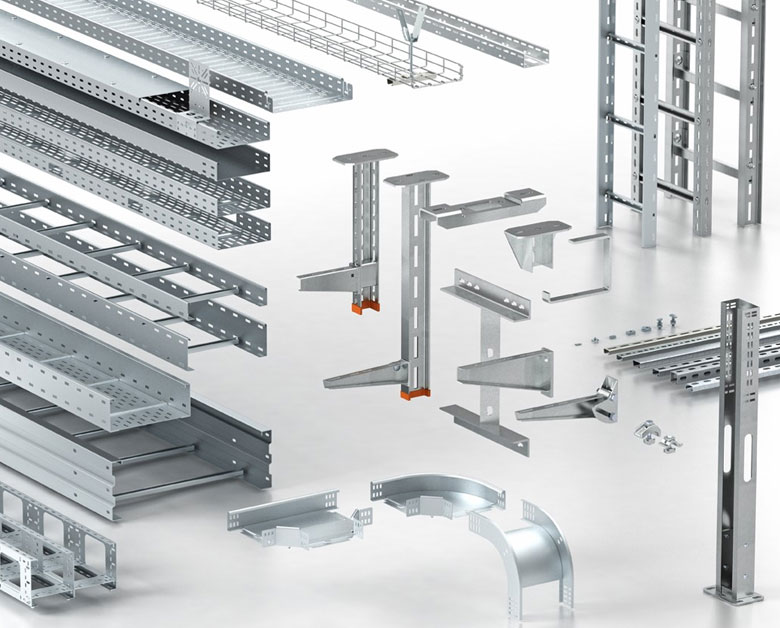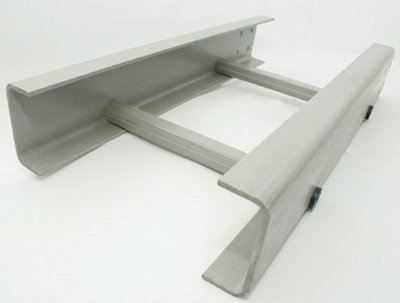
Braiding Pultrusion: A Novel Approach for Thermoplastic Composites
July 27, 2023
Design Considerations for Pultruded Composite Materials
July 27, 2023
Hybrid thermoset-thermoplastic pultrusion is an innovative manufacturing technique that combines both thermoset resin and thermoplastic materials in a single profile. This process offers numerous benefits, including improved mechanical properties, increased design flexibility, enhanced chemical resistance, and the potential for recycling.
Combining Thermoset Resin and Thermoplastic Materials
In traditional pultrusion processes, either thermoset resin or thermoplastic materials are used exclusively. However, hybrid pultrusion takes advantage of the unique properties of both materials by combining them in a single profile. This allows for the creation of composite structures with superior mechanical properties compared to using either material alone.
By strategically selecting and combining different types of resins and plastics, manufacturers can tailor the performance characteristics of the final product to meet specific requirements. For example, a hybrid pultruded profile can be designed to have high strength provided by the thermoset resin while benefiting from the toughness and impact resistance offered by the thermoplastics.
Increased Design Flexibility
One of the key advantages of hybrid thermoset-thermoplastic pultrusion is its ability to offer increased design flexibility. By combining different material characteristics within a single profile, designers have greater freedom to create complex shapes and structures that would be challenging or impossible to achieve with only one type of material.
For instance, a hybrid pultruded component can incorporate areas with high stiffness provided by the thermoset resin alongside regions featuring improved impact resistance thanks to the inclusion of thermoplastics. This versatility allows engineers to optimize designs for specific applications where multiple performance criteria need to be met simultaneously.
Enhanced Chemical Resistance
The combination of both thermoset resin and thermoplastic materials in hybrid pultruded profiles results in enhanced chemical resistance compared to using only one material type. This is particularly advantageous in applications where exposure to harsh chemicals or corrosive environments is a concern.
By leveraging the chemical resistance properties of thermoset resins and thermoplastics, hybrid pultruded components can withstand prolonged exposure to acids, bases, solvents, and other corrosive substances. This makes them suitable for use in industries such as chemical processing, oil and gas, and wastewater treatment.
Recycling Potential
Another significant benefit of hybrid thermoset-thermoplastic pultrusion is its potential for recycling. While traditional thermoset composites are notoriously difficult to recycle due to their crosslinked structure, hybrid profiles offer the possibility of separating the thermoset and thermoplastic components.
Through specialized recycling processes, it becomes feasible to recover both materials separately. The recycled thermoplastic material can be reused in various applications or even blended with virgin plastic for new composite production. Meanwhile, the recovered thermoset resin can potentially be converted into energy through methods like incineration.





